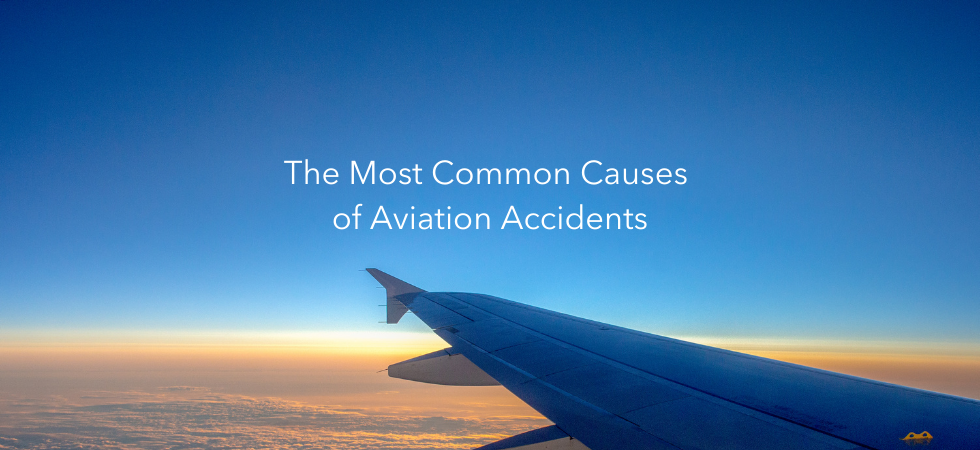There is perhaps no other type of passenger vehicle crash more frightening or devastating than an aviation accident. From the Tenerife Airport Disaster in 1977 to the recent Boeing 737 Max8 crash in Ethiopia, aviation accidents are more often than not catastrophic and devastating for more than just the people on the plane. And while the total number of aviation accidents has decreased since the 1980s, when they happen, the results are utterly detrimental.
What causes these crashes? Frustratingly, this is never an easy question to answer. However, it’s an important one to ask right away if you or a loved one have been involved in an aviation crash. Here are some of the most common reasons:
Pilot Error
Pilots are involved at every stage of the flight, and pilot errors can occur at any one of them. Pilot error refers to an action or decision (or failure to make a decision) on the part of the pilot that leads to the accident. Poor training, a lack of experience, fatigue, and intoxication are all factors that can contribute to pilot error. For example, American Airlines Flight 587, where pilots incorrectly used the plane’s rudder, is the second-deadliest crash in U.S. aviation history.
Mechanical Failure
Equipment failures account for about 20 percent of aviation crashes. This can be anything from engine failure to poor repairs. For example, a government investigation body deemed the crash of Japan Airlines Flight 123 in 1985 to be the result of “improper repairs” by Boeing Co. on the plane’s pressure bulkhead. Improvements in design and manufacturing have made planes much more reliable in this day and age. Nonetheless, equipment and/or mechanical failures still happen.
Weather
Flying becomes more dangerous in bad weather. In fact, a National Transportation Safety Board study shows that more than two-thirds of all weather-related aviation crashes have been fatal. Snow, fog, heavy rainstorms, and other natural elements can all make flying more difficult, which is a big reason planes often get delayed because of bad weather. In 1985, a microburst caused the Delta Airlines 191 crash. Microbursts are small downdrafts that happen during thunderstorms that create dangerous wind shears. They are just one example of dangerous elements in the weather that can make flying hazardous.
Other Human Error
Pilots are not the only ones responsible for ensuring the safe arrival of the plane. Air traffic controllers, dispatchers, and maintenance engineers all play a role. USAir Flight 1493 collided with another flight at Los Angeles International Airport in 1991 because of distractions and abnormalities in air traffic control.
The above examples are only a few examples of catastrophic disasters that have happened in aviation history over the decades, and they only account for some of the causes of these accidents. Sabotages, terrorist attacks, unexplained disappearances, and other events have also played a role in aviation accidents over time.
Surviving family members of aviation crash victims are often entitled to damages, but due to the traumatic nature of these accidents, the prospect of searching for an attorney and going through a claims process can feel completely overwhelming.
Clifford Law Offices is one of the nation’s premier aviation law firms, and our aviation accident practice group is among the most experienced in the world. We have represented victims and their families in nearly every major commercial airline crash in the U.S. in the last 40 years. We can help you through this difficult time, so please reach out to us today or call 312-899-9090.

